
OEM Cement Conveyor Belt Wholesaler Exporter Producer
The cement industry is a vital sector in the global economy, contributing significantly to the construction and infrastructure development. A key element in the efficient operation of cement plants is the material handling system, where conveyor belts play a central role. Cement conveyor belts are engineered to withstand the rigors of transporting abrasive and heavy materials over long distances.
Conveyor belts are integral to the cement production process, from the extraction of raw materials to the dispatch of finished products. They serve multiple functions, including:
Transporting Raw Materials: Conveyor belts move limestone, clay, and other raw materials from quarries to the processing facilities.
Mixing and Grinding: They transport the mixed raw materials to the grinding mills for further processing.
Kiln Feeding: The ground materials are then conveyed to the cement kiln for heating and chemical reactions.
Clinker Conveyance: After the kiln process, the clinker is transported to the cement cooler and then to the cement mill.
Cement Grinding and Blending: The clinker is ground and blended with gypsum and other additives to produce the final cement product.
Packaging and Dispatch: The finished cement is conveyed to packaging machines and then to storage or directly to loading areas for dispatch.
Cement conveyor belts are designed with several considerations in mind:
Material Resistance: The belts must be resistant to abrasion, impact, and wear due to the abrasive nature of cement and its raw materials.
Strength and Durability: High tensile strength is required to handle heavy loads and to ensure a long service life.
Flexibility: The belts need to be flexible enough to navigate around pulleys and support structures without damage.
Resistance to Environmental Conditions: They must be able to operate in various weather conditions and resist exposure to moisture and chemicals.
There are several types of conveyor belts used in the cement industry, each suited to specific applications:
Flat Belt Conveyors: These are used for simple, straight-line material transport.
Inclined Belt Conveyors: Designed for moving materials up an incline, they are used to elevate raw materials to different levels of the plant.
Declined Belt Conveyors: These are used to lower materials from higher levels to lower levels or to load trucks and other transportation vehicles.
Cable-Supported Belt Conveyors: Ideal for long distances and large elevation changes, they are often used for transporting materials over large distances within the plant or between different plant locations.
Enclosed Belt Conveyors: These are used to contain the material within the belt, reducing dust and spillage.
The operation of cement conveyor belts involves several key considerations:
Maintenance: Regular inspection and maintenance are crucial to prevent belt damage, reduce downtime, and extend the life of the conveyor system.
Safety: Conveyor systems must be designed and operated with safety in mind, including guarding against access to moving parts and ensuring safe loading and unloading procedures.
Efficiency: The conveyor system should be designed to small material spillage and reduce energy consumption, contributing to the overall efficiency of the cement plant.
The use of conveyor belts in the cement industry has environmental implications:
Dust Control: Proper design and operation of conveyor systems can help control dust emissions, reducing air pollution.
Noise Reduction: Modern conveyor systems are designed to small noise pollution, contributing to a quieter working environment.
Energy Efficiency: By reducing the need for multiple handling points, conveyor belts can help reduce the overall energy consumption of the cement production process.
Cement conveyor belts are a critical component of the cement industry's infrastructure, ensuring the efficient and safe transportation of materials throughout the production process. With advancements in materials science and engineering, these belts continue to evolve, offering improved performance, durability, and environmental compatibility.
 English
English 简体中文
简体中文 Español
Español عرب
عرب
 English
English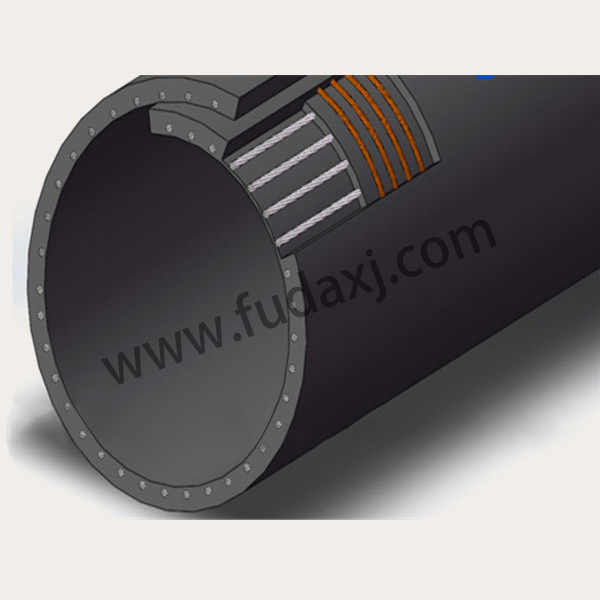
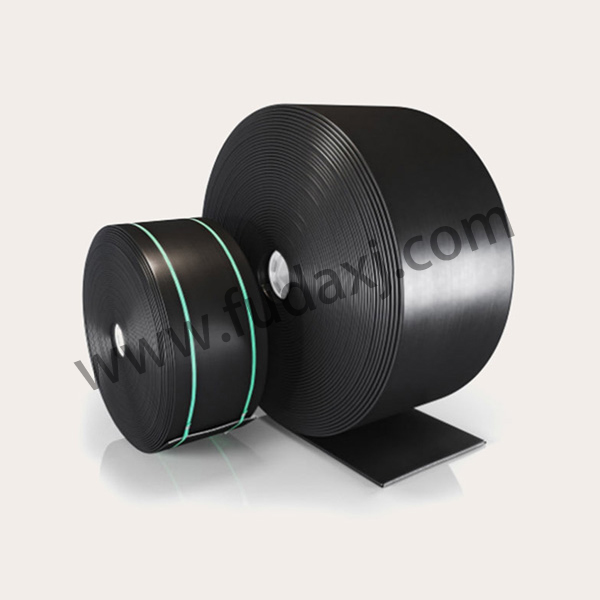

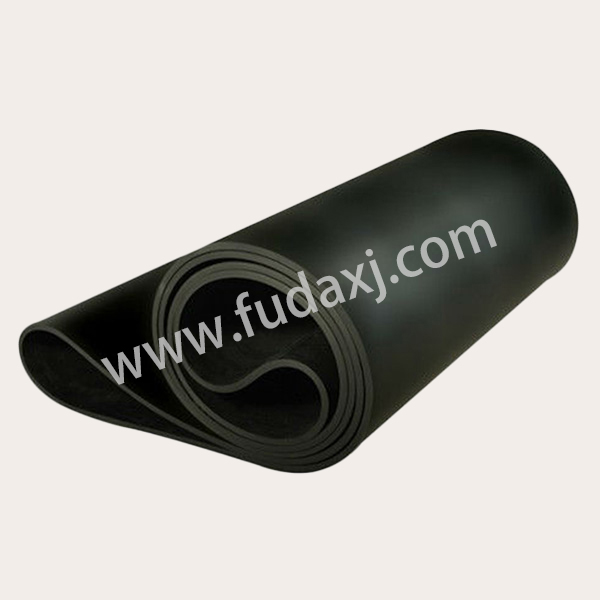
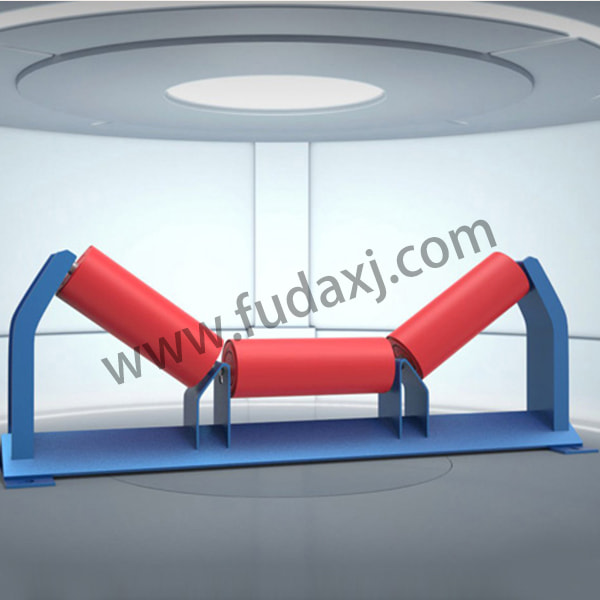
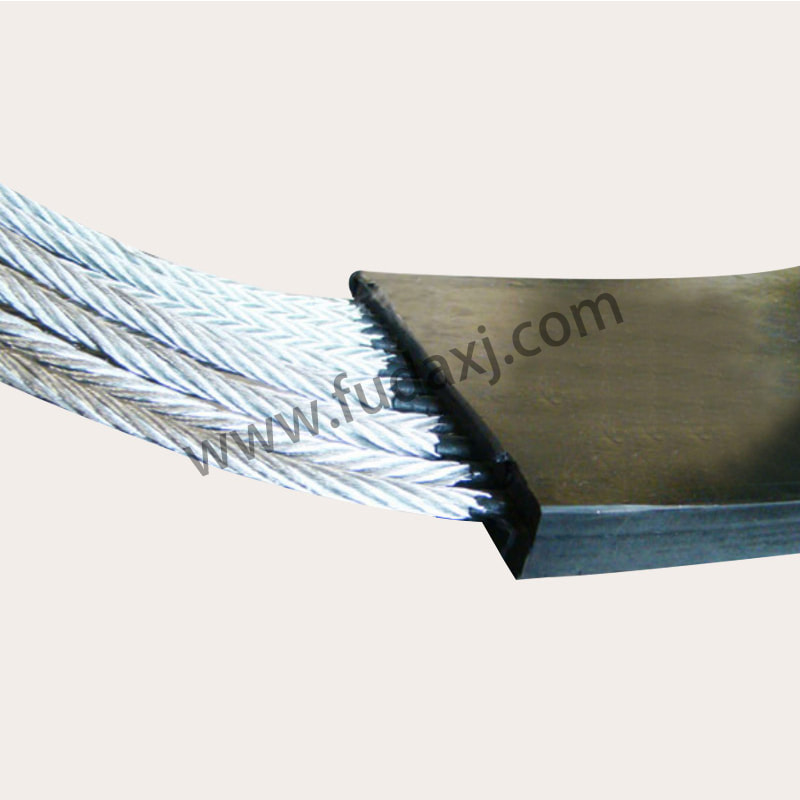
 Fax: 0086-576-83019528
Fax: 0086-576-83019528